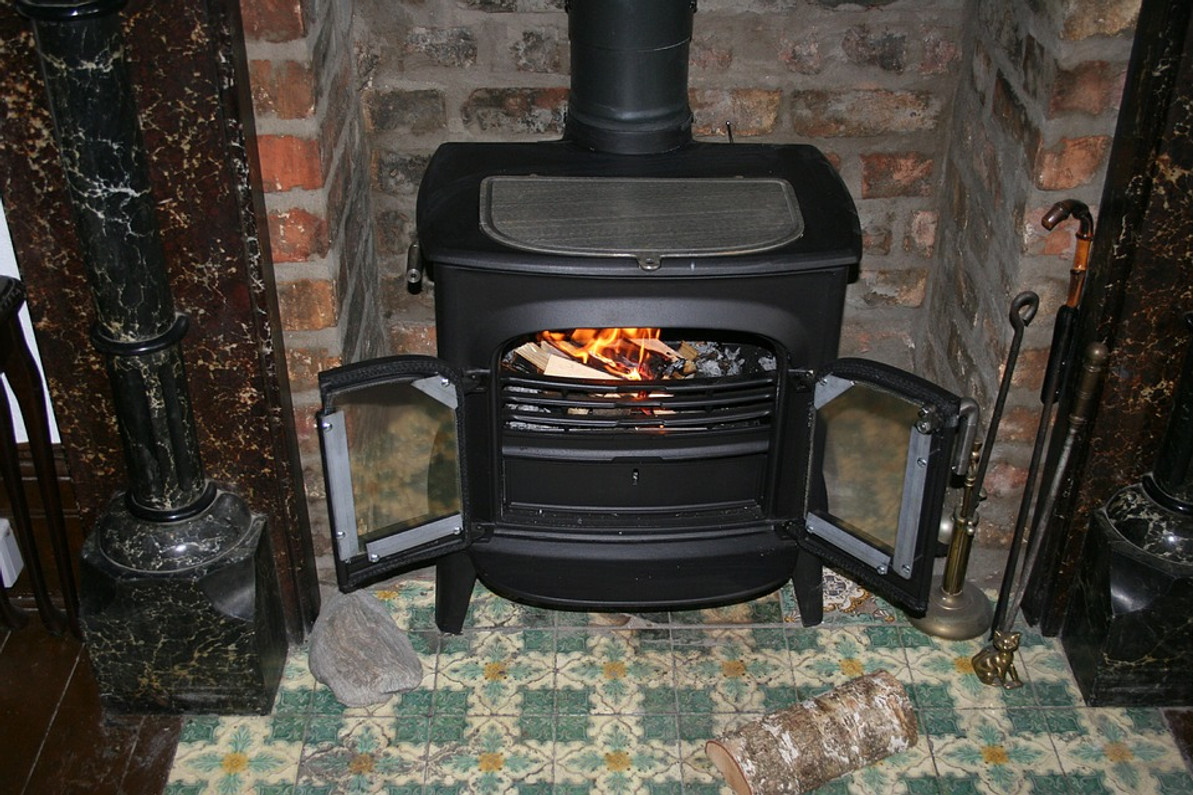5 Safety Tips to Follow When Using a Wood-Burning Stove
Is your home equipped with a wood-burning stove? Like a fireplace, you can use a wood-burning stove to build fires. It's a great way to heat your home without turning on your furnace or heat pump. Failure to take certain safety precautions, however, may result in a house fire. Below are five safety tips to follow when using a wood-burning stove.
#1) Ensure Ventilation
Wood-burning stoves require ventilation. Your woo-burning stove needs to be connected to your home's exterior via a chimney or flue pipe. Without ventilation, combustion gases will build up inside of your home. Wood-burning stoves produce carbon monoxide as a byproduct of combustion. Ensuring that your wood-burning stove is ventilated will remove carbon monoxide and other combustion gases.
#2) Create 3 Feet of Clearance
You should create at least 3 feet of clearance when using a wood-burning stove. In other words, there shouldn't be any objects within 3 feet of them. Both fireplaces and wood-burning stoves can create stray embers. And it only takes a single stray ember to spark a house fire. With at least 3 feet of clearance, you can safely use your wood-burning stove.
#3) Clean After Each Use
Another safety tip is to clean your wood-burning stove after each use. Failure to regularly it will result in ashes building up. While ash buildup may sound harmless, it poses several issues. Ashes don't burn. They'll still heat up, and if they fall out of your wood-burning stove, they may cause a house fire. Secondly, ashes can create blockages in the chimney or flue pipe that prevent combustion gases from ventilating.
#4) Choose Wood With a Low Moisture Content
While wood-burning stoves can accommodate most types of hardwood, you should pay attention to the moisture content of the wood. Wood with a high moisture content is a poor choice. It won't burn as cleanly as wood with a low moisture content. More importantly, perhaps, a high moisture content will create lots of smoke. If you're going to use your wood-burning stove, make sure the wood has a low moisture content.
#5) Avoid Accelerants
Never use accelerants with a wood-burning stove. Accelerants are flammable fluids that, as the name suggests, are designed to accelerate fires. While you can use certain accelerants outdoors, you should never use them indoors. Wood-burning stoves, of course, are installed indoors, so you shouldn't use accelerants with them.
Recent Posts
-
Fire Safety in the Workplace: What You Need to Know
What steps are you taking to prevent fires in your workplace? According to the U.S. Occupational Saf …Aug 23rd 2023 -
Is It Safe to Go Jogging With a Cold Infection?
If you're suffering from a cold infection, you might be wondering whether it's safe to go jogging. T …Aug 22nd 2023 -
5 Safety Tips to Follow When Using a Powder-Actuated Tool
Powder-actuated tools are commonly used to join materials to steel and concrete. Also known as Hilti …Aug 20th 2023




